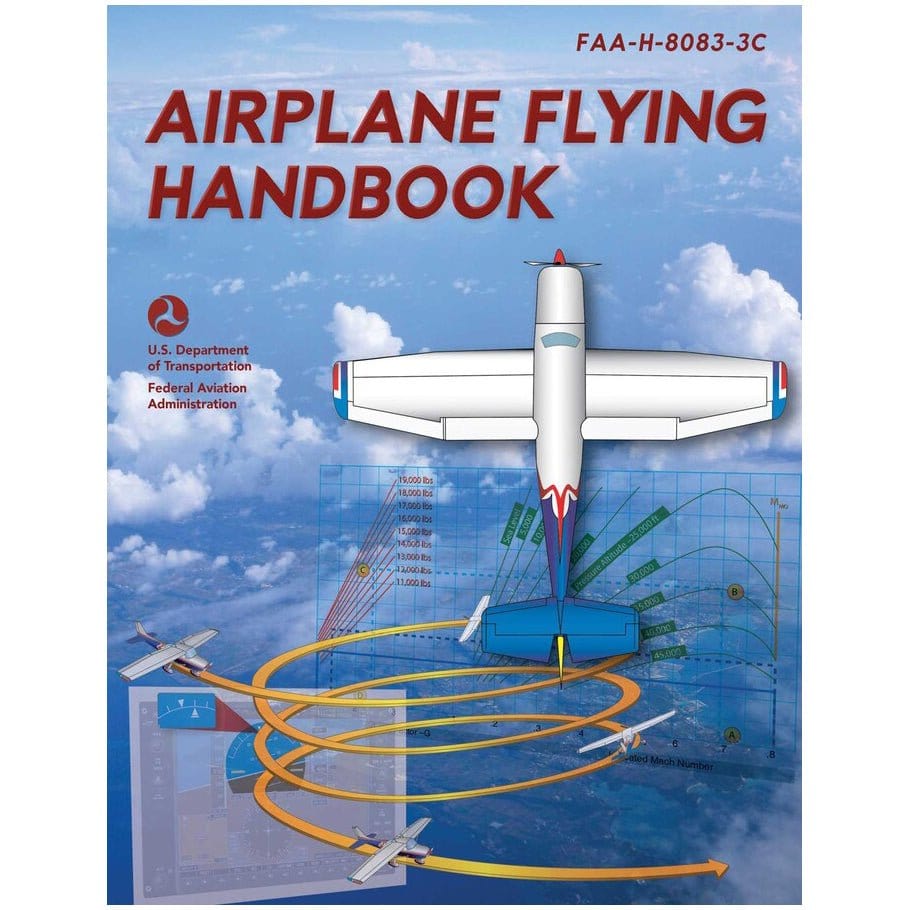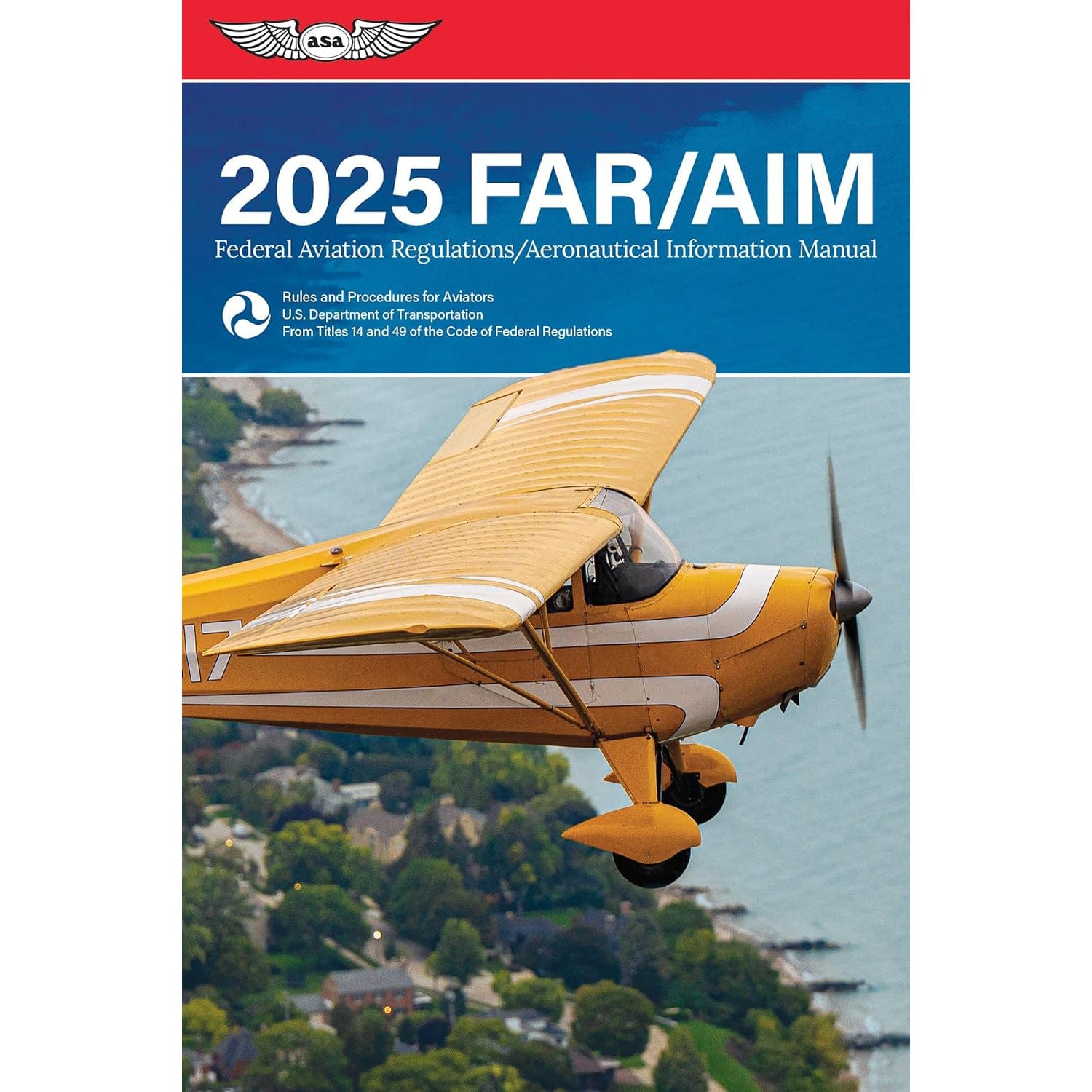O Princípio de Bernoulli é importante por muitas razões: os aviões não voariam pelos céus, os carburadores não forneceriam combustível tão bem e a famosa bola curva do seu jogador de futebol favorito não faria a curva que faz.
O Princípio de Bernoulli é a pedra angular de como a dinâmica de fluidos molda o mundo em que vivemos. Vamos dar uma olhada neste princípio para entender por que ele é tão importante dentro e fora da aviação.
RESUMO
-
O Princípio de Bernoulli explica como as mudanças de pressão e velocidade em um fluido estão interligadas.
-
É um conceito fundamental para entender a sustentação, um elemento crítico do voo.
-
Exemplos cotidianos incluem a função do carburador e a curva de uma bola de futebol.
-
Conhecer o Princípio de Bernoulli ajuda você a entender o fluxo de ar sobre as asas da aeronave.

O que é o Princípio de Bernoulli?
O Princípio de Bernoulli recebeu esse nome em homenagem ao matemático suíço Daniel Bernoulli, que publicou seu princípio em 1738 em seu livro Hydrodynamics. Ele basicamente descreve a relação entre pressão, velocidade e energia potencial em um fluido em movimento .
Este princípio é a base de muitas aplicações do mundo real, desde a aviação até processos industriais.
O que é o Princípio de Bernoulli em termos simples?
Em termos bem simples, o Princípio de Bernoulli explica que quando um fluido (como ar ou água ) se move mais rápido (fluxo de fluido), ele cria menos pressão. Fácil, certo?
Outra maneira de entender o princípio de Bernoulli é por meio da segunda lei do movimento de Newton. Quando o fluido flui de alta pressão para baixa pressão, a pressão mais alta atrás do fluido o empurra para frente, acelerando-o. Isso cria o equilíbrio que o princípio de Bernoulli descreve.

O que é o Efeito Bernoulli?
Esta é uma pergunta muito comum, mas não é exatamente correta; o termo “Efeito Bernoulli” é frequentemente usado informalmente para descrever os resultados práticos ou fenômenos explicados pelo Princípio de Bernoulli.
Dinâmica de fluidos em ação Quando um fluido se move através de uma constrição, como um cano estreito, sua velocidade aumenta enquanto sua pressão diminui.
Este fenômeno, conhecido como efeito Venturi , é uma demonstração tangível do Princípio de Bernoulli.
Uma Analogia Relacionável: Imagine água fluindo por uma mangueira de jardim. Quando você coloca seu polegar parcialmente sobre o bico, a água acelera e espirra mais longe. Isso acontece porque a pressão na abertura mais estreita diminui. Essa é uma ótima maneira de você realmente não apenas visualizar, mas demonstrar esse princípio para outra pessoa.
Exemplos cotidianos do princípio de Bernoulli
-
Experimento de elevação de papel: sopre um pedaço de papel e ele se levanta devido à menor pressão acima dele.
-
Função do carburador: O princípio de Bernoulli permite que o combustível e o ar se misturem para a combustão.
-
Curvatura da bola de futebol: Girar uma bola de futebol cria uma diferença de pressão, fazendo com que ela se curve no meio do voo.

Princípio de Bernoulli na Aviação
Vamos falar sobre o ar como um "fluido" e como ele se aplica à aviação.
Você pode se sentir confuso ao ouvir o ar descrito como um “fluido”. A palavra em si faz você pensar em líquido.
Assim como outros gases, o ar age como um fluido porque pode se conformar ao formato de seu recipiente. Diferentemente dos sólidos, os fluidos têm baixa resistência quando submetidos a estresse, que é determinado por sua viscosidade - a medida de quão facilmente um fluido pode fluir.
Assim como líquidos em recipientes, fluidos são capazes de se mover e preencher qualquer espaço disponível. Embora o ar seja menos denso que líquidos, ele ainda exibe essas qualidades. Saber que o ar se comporta como um fluido é importante para os princípios por trás do voo.
Uma das aplicações mais importantes do Princípio de Bernoulli é na aviação, geralmente na geração de sustentação para uma aeronave.
A sustentação ocorre porque o formato da asa de um avião, ou aerofólio, faz com que o ar viaje mais rápido sobre a superfície superior do que por baixo. Essa diferença de velocidade resulta em menor pressão acima da asa e maior pressão abaixo, criando uma força ascendente.

Como funciona na aviação
Um aerofólio é moldado especificamente para gerar sustentação conforme o ar passa por ele. O ar reage de forma diferente sob pressões e velocidades variadas, mas para os pilotos, o foco está em como os aerofólios — como asas — são projetados para criar sustentação.
Uma análise mais detalhada da seção transversal típica de um aerofólio revela características importantes.
A superfície superior do aerofólio tem uma curvatura mais pronunciada , ou cambagem , em comparação com a superfície inferior mais plana.
Essa diferença na curvatura ajuda a elevar a produção. As extremidades do aerofólio têm formas distintas: a borda de ataque arredondada fica voltada para a frente durante o voo, enquanto a borda de fuga afunila para um ponto estreito. Esses elementos de design trabalham juntos para influenciar como o ar flui ao redor do aerofólio.
-
Design do aerofólio: A superfície superior curva de uma asa aumenta a velocidade do ar, reduzindo a pressão.
-
Diferença de pressão: esse desequilíbrio gera sustentação, neutralizando a gravidade.
-
Eficiência e segurança: os engenheiros otimizam os projetos das asas com base no Princípio de Bernoulli para melhorar o desempenho e garantir a estabilidade.
Conceitos Errados Sobre Elevação
É um mito comum que a sustentação se deve unicamente ao Princípio de Bernoulli. É verdade que ele definitivamente tem um fator significativo, mas a Terceira Lei de Newton (forças de ação e reação) também está envolvida. Juntos, esses princípios fornecem o conhecimento completo de como as aeronaves podem atingir e sustentar o voo.
Aplicações além da aviação
O Princípio de Bernoulli não se limita apenas a voar. Sua influência se estende por vários campos.
Sistemas meteorológicos
O princípio ajuda a explicar a formação de tornados, onde o ar em rápida rotação cria zonas de baixa pressão que intensificam a tempestade.
Processos Industriais
Os medidores Venturi, que medem a vazão do fluido, dependem das diferenças de pressão descritas pelo princípio.
Aplicações médicas
As máscaras Venturi, usadas na oxigenoterapia, utilizam esse princípio para regular o fluxo de ar e fornecer níveis precisos de oxigênio aos pacientes.

Perguntas frequentes
-
O que é o princípio de Bernoulli do fluxo de ar? Ele descreve a relação inversa entre pressão e velocidade em um fluxo de fluido em movimento.
-
Como o Princípio de Bernoulli explica a sustentação? Ar mais rápido sobre uma asa reduz a pressão, criando uma força ascendente.
-
Você pode dar um exemplo simples do efeito Bernoulli? Soprar sobre um pedaço de papel faz com que ele se levante devido à pressão menor acima dele.
-
Quais são as limitações do Princípio de Bernoulli? Ele não considera todas as forças, como atrito ou turbulência.
-
Como o Princípio de Bernoulli se aplica a campos não aeronáuticos? Ele é usado em análise de clima, design industrial e dispositivos médicos.
-
Qual é a relação entre o Princípio de Bernoulli e a turbulência? A turbulência interrompe o fluxo suave de fluidos, reduzindo a previsibilidade das mudanças de pressão e velocidade.
Remover
O que torna o Princípio de Bernoulli tão legal é sua simplicidade e como ele explica tantos fenômenos fascinantes do mundo real. Ele conecta velocidade e pressão em um fluido em movimento, e essa relação simples desbloqueia uma compreensão mais profunda de como as coisas funcionam em nossa vida cotidiana.
Aqui estão algumas razões pelas quais isso é tão intrigante:
-
Faz os aviões voarem.
-
Está em todo lugar ao nosso redor.
-
É engenhosamente simples.
-
Ela explica os mistérios da natureza.
-
Ela une ciência e engenharia.
Este princípio é interessante porque ele pega uma ideia simples e a aplica a alguns dos aspectos mais emocionantes e importantes da vida. Continue aprendendo e crescendo em conhecimento!
Interessado em mais ciência da aviação?
Nossos guias foram projetados para ajudar!
-
Cambagem do aerofólio: seu efeito na aerodinâmica Como gera sustentação
-
Como funcionam os planadores: o que os mantém no ar (guia completo)
Você achou este artigo útil?
Você acha que esquecemos de uma pergunta importante da entrevista? Deixe-nos saber nos comentários abaixo!







